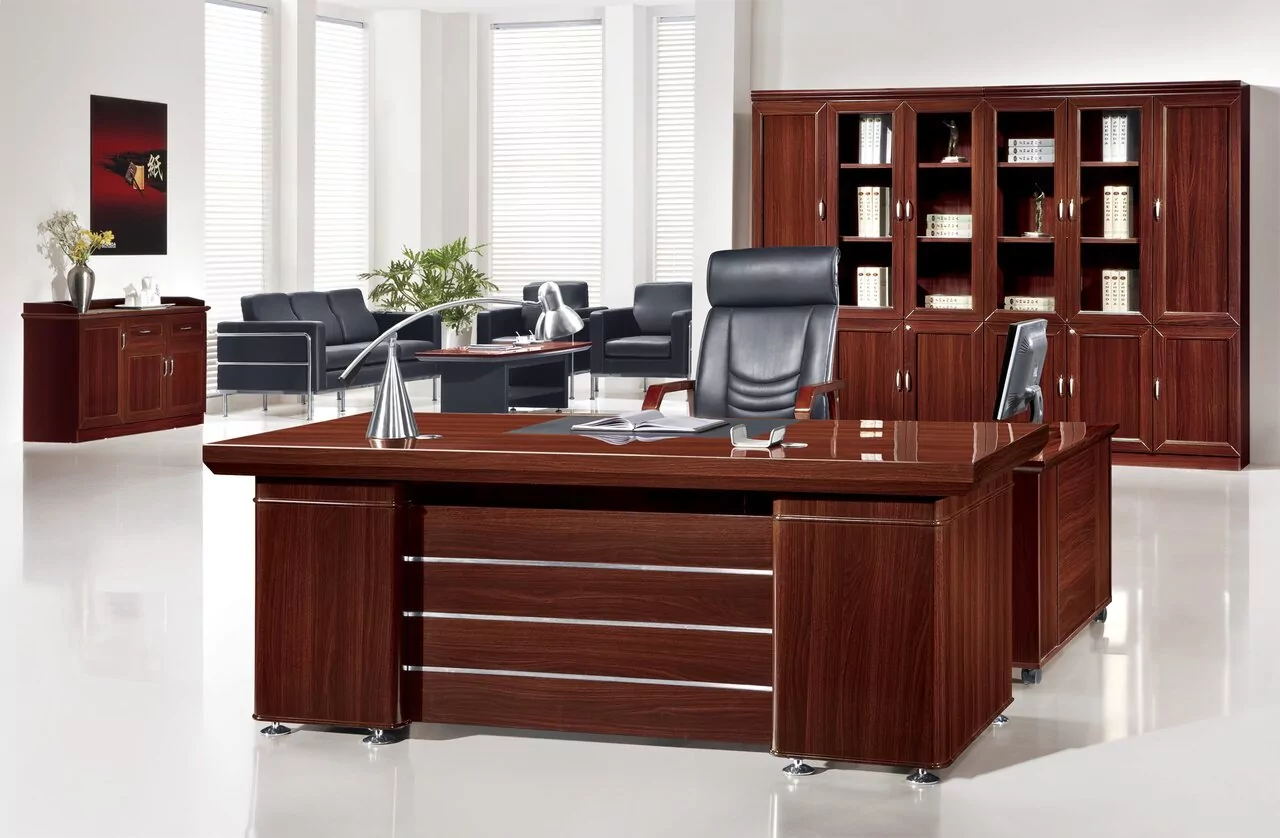Office Furniture Market Insights: Key Drivers, Emerging Trends, and Impact on Business Environments in 2025

The office furniture market has seen substantial growth in recent years, driven by several factors including changes in workplace dynamics, advancements in ergonomic designs, and the growing preference for flexible and collaborative working environments. As businesses continue to evolve, so too does the demand for office furniture solutions that align with modern-day requirements.
Trends Driving Market Growth
One of the primary trends influencing the office furniture market is the shift towards more flexible, hybrid working environments. With remote and hybrid work models becoming the norm, organizations are rethinking how they design their office spaces. Furniture that accommodates various activities such as collaborative meetings, individual workstations, and casual gatherings is now in high demand.
Ergonomics has also become a major focus in the office furniture market. As companies seek to improve employee well-being, ergonomic furniture such as sit-stand desks, ergonomic chairs, and adjustable monitors are being widely adopted. These products are designed to reduce physical strain, enhance comfort, and promote productivity.
Sustainability is another key trend shaping the market. As businesses increasingly prioritize corporate social responsibility (CSR), eco-friendly materials and sustainable manufacturing processes are becoming important criteria for office furniture selection. This has led to a rise in demand for furniture made from recycled materials, non-toxic finishes, and sustainable production methods.
Growth of Co-working Spaces
The rise of co-working spaces has further boosted the office furniture market. These spaces require modular, adaptable, and space-efficient furniture that can be easily reconfigured to accommodate different teams and projects. Furniture manufacturers are responding to this demand by offering versatile, multi-functional pieces that can be customized based on the space and need.
Additionally, the integration of technology into office furniture is gaining momentum. Smart desks with built-in charging ports, wireless connectivity, and even temperature control are becoming popular choices for tech-savvy businesses. These innovations are enhancing the overall workplace experience, making furniture not just functional but also high-tech.
Challenges Facing the Market
While the office furniture market presents significant growth opportunities, there are challenges that manufacturers and businesses must address. Supply chain disruptions, fluctuating raw material costs, and the increasing complexity of consumer preferences are some of the hurdles that companies face. These challenges require companies to be adaptable and innovative in their approaches to design, production, and distribution.
Another challenge is the customization of furniture to fit different office layouts. As companies demand unique, tailored solutions, manufacturers are under pressure to offer high levels of customization without sacrificing affordability or efficiency. The growing need for personalized office environments can sometimes lead to longer lead times and higher production costs.
Future Outlook
The future of the office furniture market looks promising, with ongoing innovation, an increasing focus on sustainability, and the growing demand for flexible work environments. As businesses continue to prioritize employee health, well-being, and productivity, the demand for ergonomic, multifunctional, and sustainable furniture is likely to rise. Furniture manufacturers that can keep up with these demands will find themselves in a strong position to succeed.
As we look toward the future, it is clear that office furniture will play an increasingly crucial role in shaping how people work. From ergonomic chairs to tech-integrated desks, the evolution of office furniture is a reflection of broader changes in the workplace, and businesses are ready to embrace these transformations.
- Art
- Causes
- Crafts
- Dance
- Drinks
- Film
- Fitness
- Food
- Jocuri
- Gardening
- Health
- Home
- Literature
- Music
- Networking
- Alte
- Party
- Religion
- Shopping
- Sports
- Theater
- Wellness


